If you haven’t heard the news, fire season has hit Oregon hard this month, especially with the so-called “megafires”. And just our luck, Emma and I are stationed in a county surrounded on all sides by these megafires (multiple over 100,000 acres and spreading), with our town, John Day, right smack dab in the center.

For the most part, this means that we’re pretty safe in town, but the threat to the forest is great, and some nearby towns aren’t faring nearly as well. As such, we’ve had to keep a close eye on local conditions, avoiding certain areas of the forest, driving above the smoke line, and finding work to do indoors (there’s plenty).
My nightly social media doomscrolling has been replaced by excessively checking WatchDuty (10/10, highly recommend this wildfire app, by the way) for the latest hotspots, evacuation zones, AQI, and firefighting updates. Watching the 20,000 acre Courtrock Fire boundary slowly overtake the entirety of our vast (and only) Iris missouriensis population was heartbreaking.
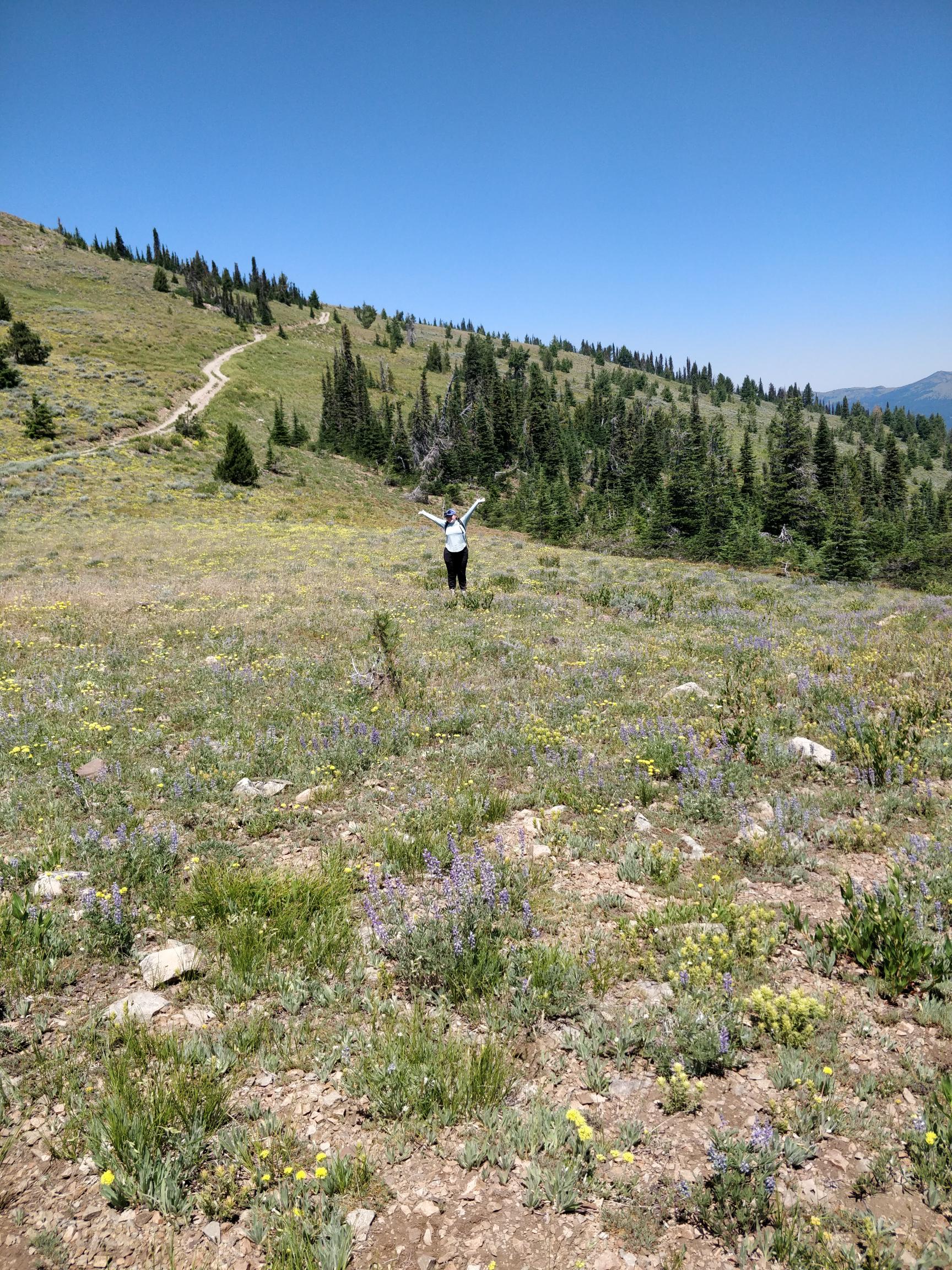
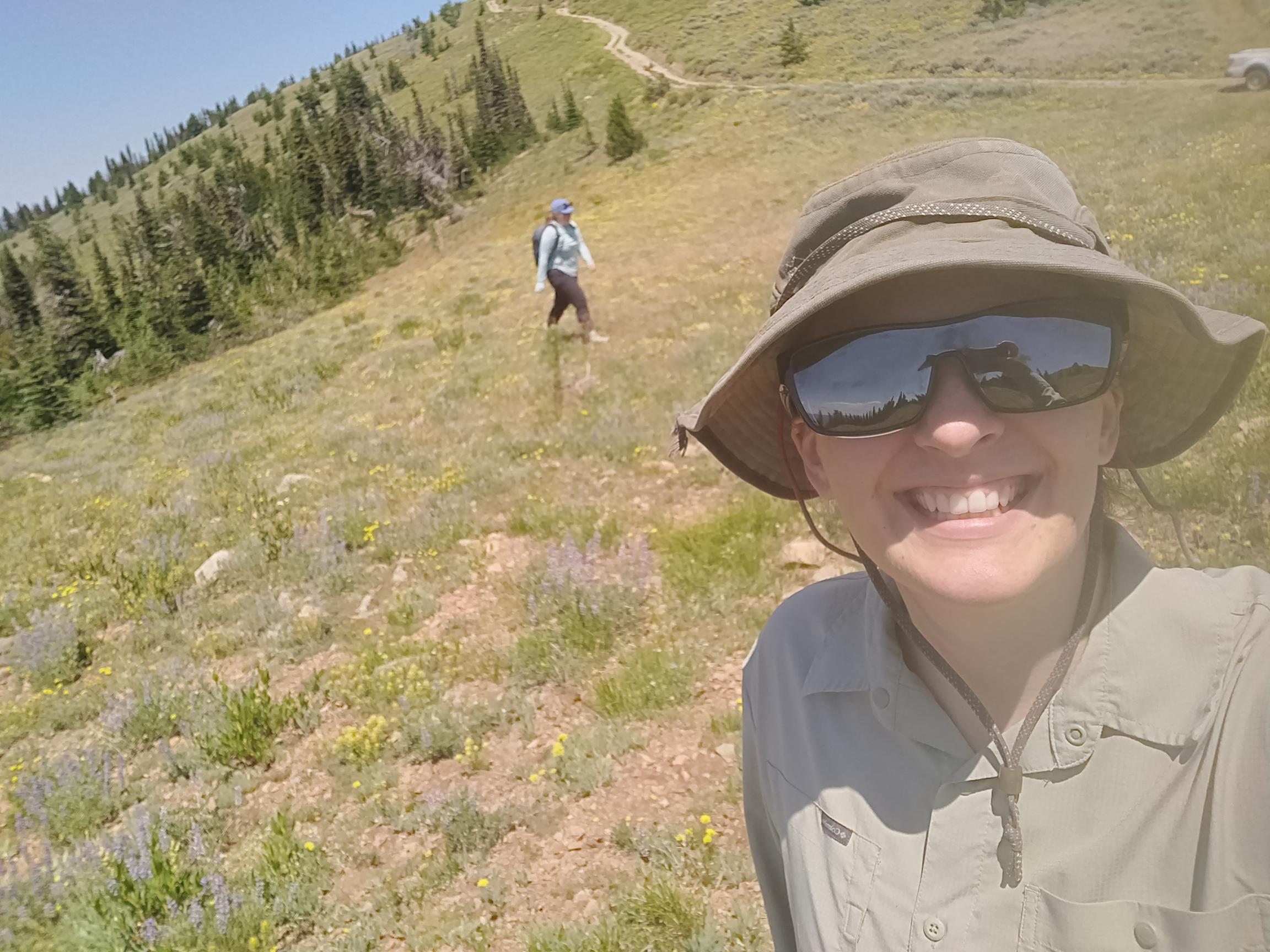
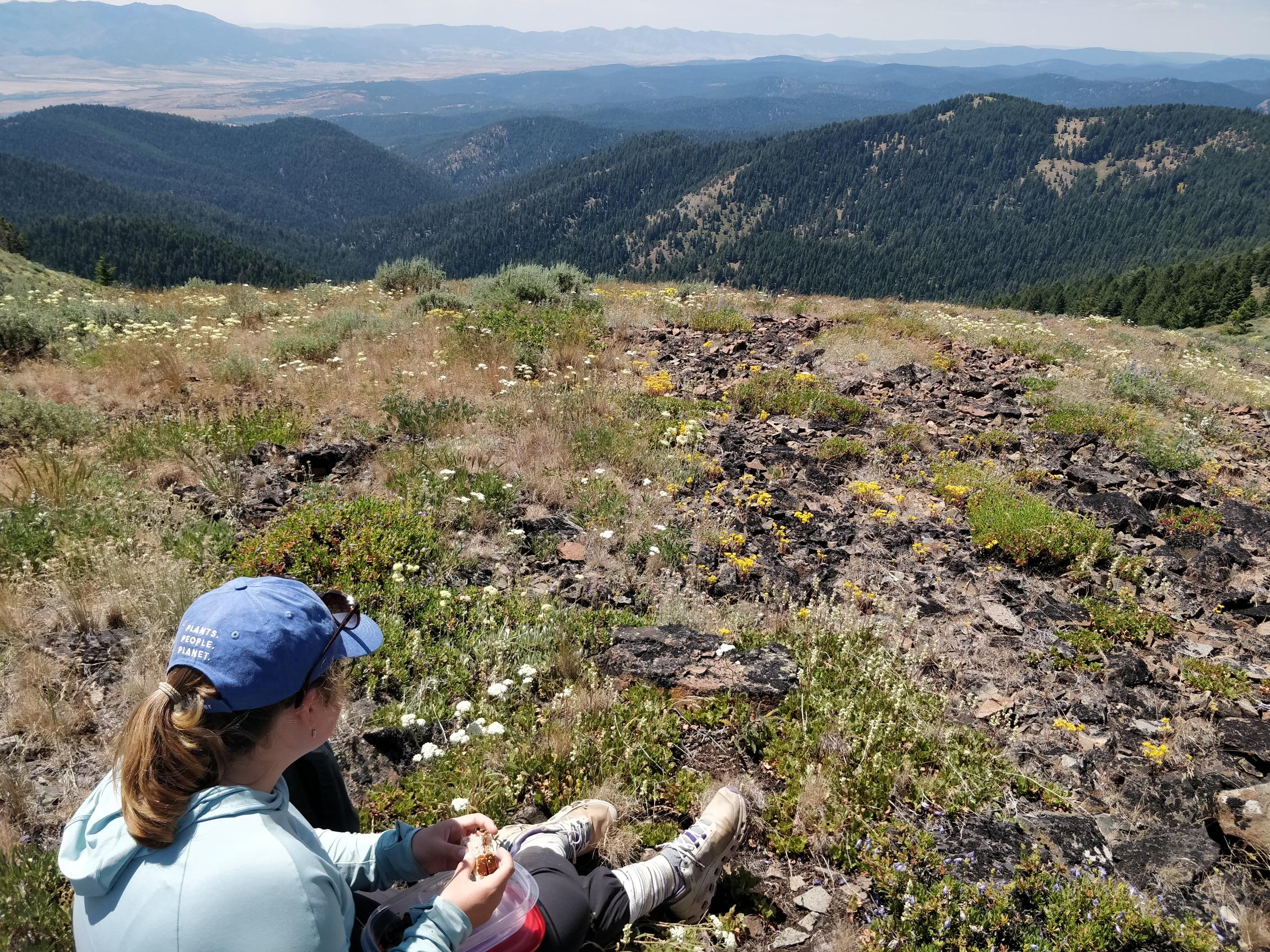
Early on in the month, on a particularly smoky day, Emma and I set off to scout Dixie Butte. Of course, we had some target species in mind, and we did map a few populations, but I’d be lying if I said we didn’t have an ulterior motive: escape the wildfire smoke. At the top of the Butte, after a long, winding drive, we were met with a lovely subalpine meadow and perfectly clear air. We ate lunch, enjoyed the view/easy breathing, and grabbed some data points before heading off back down the mountain.
Unfortunately, we’ve also had to spend a lot of our days indoors. There’s a ton of work to do, organizing our data, keying out vouchers, weighing out samples, etc., and the days definitely drag on a bit more than when we’re out in the field.
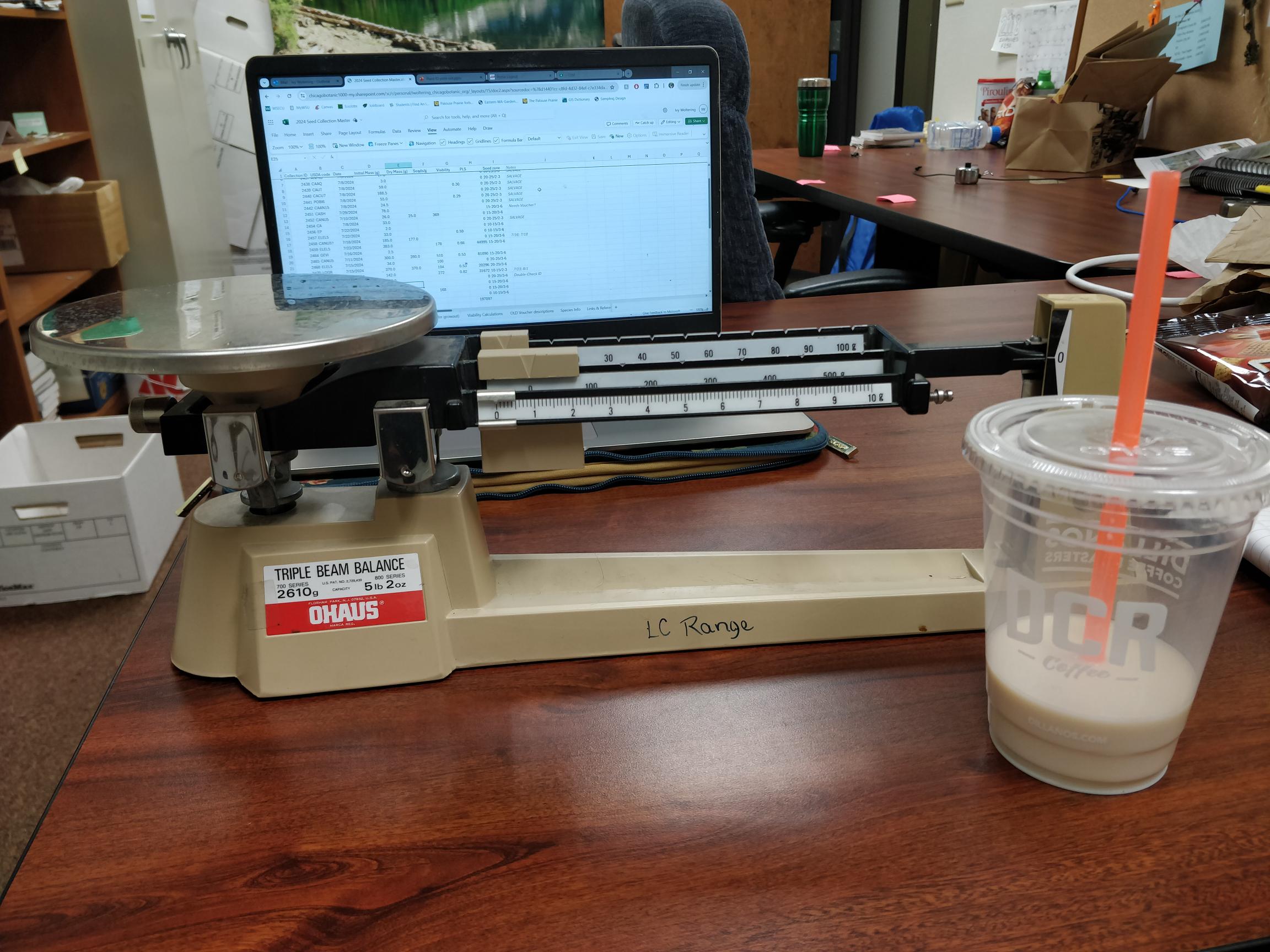
Excel Spreadsheet, Triple Beam Balance, and an Iced Lavender London Fog
A lot of the indoor work has come down to organization, and it took a while to really nail down our rhythm, especially since we have 3 seasonal Forest Service employees and occasionally 2 SCA interns helping us collect on a regular basis – maybe a few too many cooks in the kitchen, at times.
Right now, these are the steps we’ve been (mostly) following:
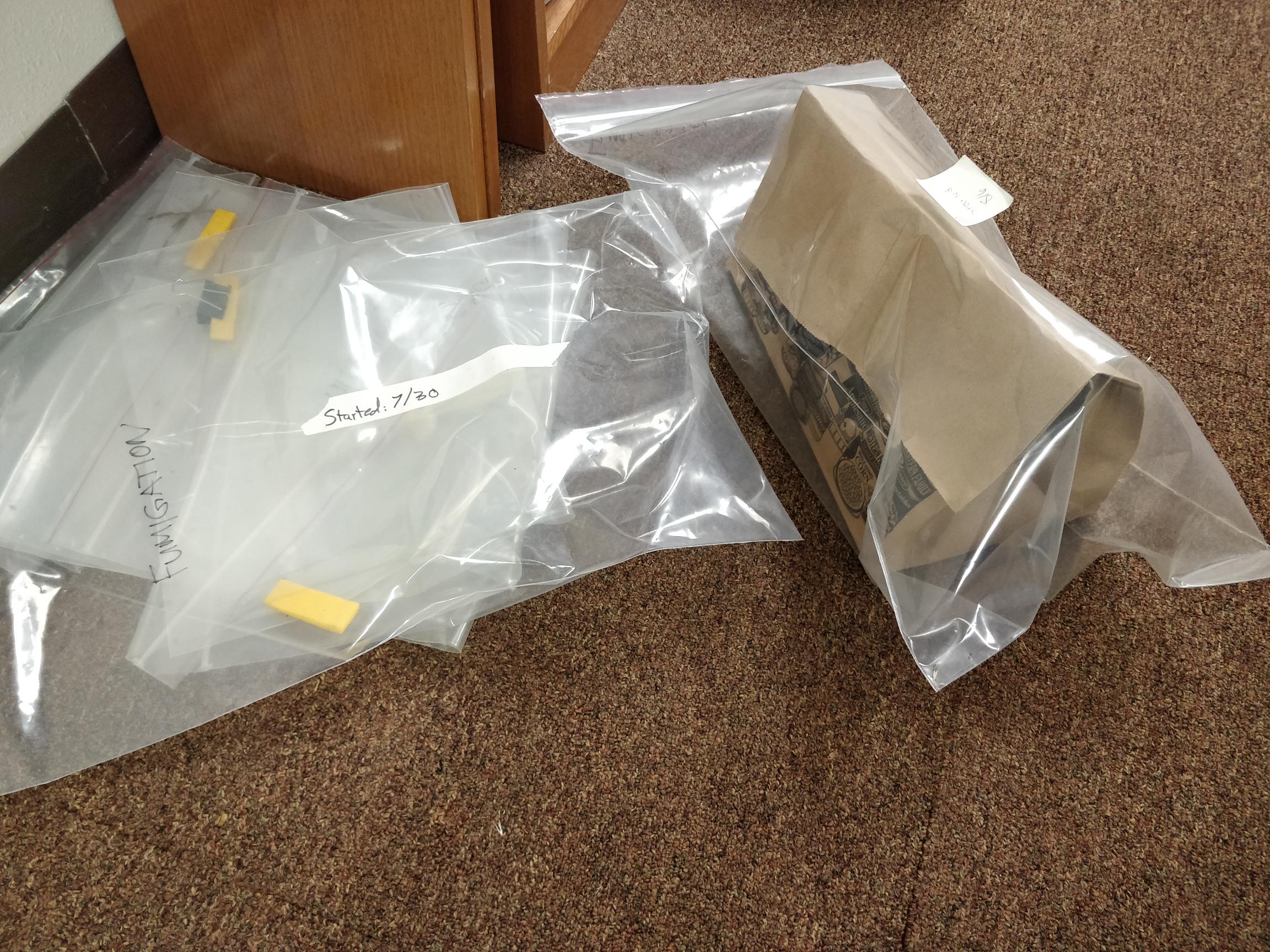
- Freshly collected seeds are labelled and weighed to get wet-mass
- Seeds are fumigated for 48 hours in sealed plastic bags with insecticide pest-strips
- Seeds are set out to dry, usually in the same paper bag for convenience sake, but sometimes in makeshift boxes, which are easier to stack and allow more airflow
- Cut tests are performed, as soon as time allows
- After a couple weeks of drying, seeds are re-weighed to get dry-mass, and the number of seeds per gram is counted
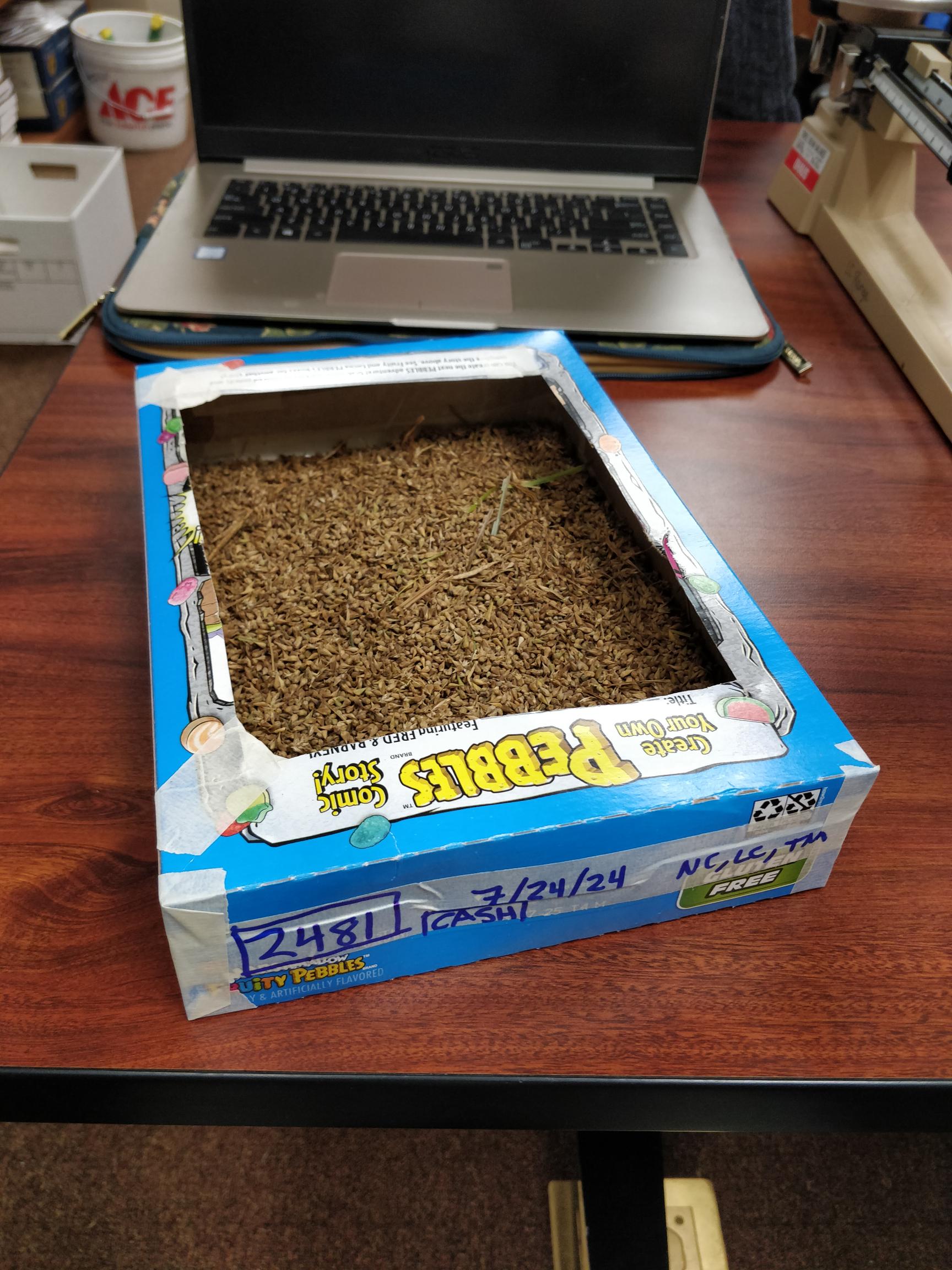
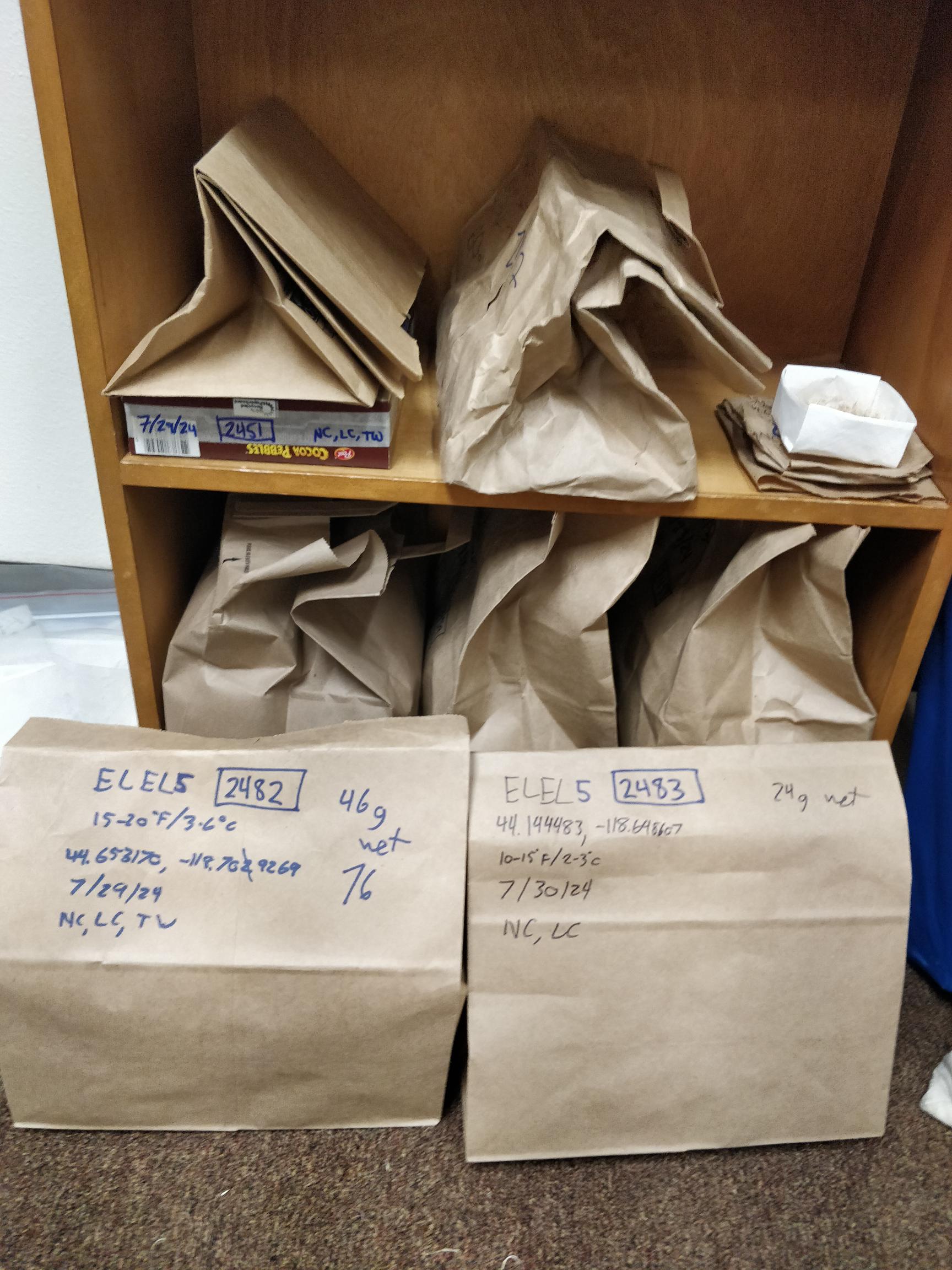
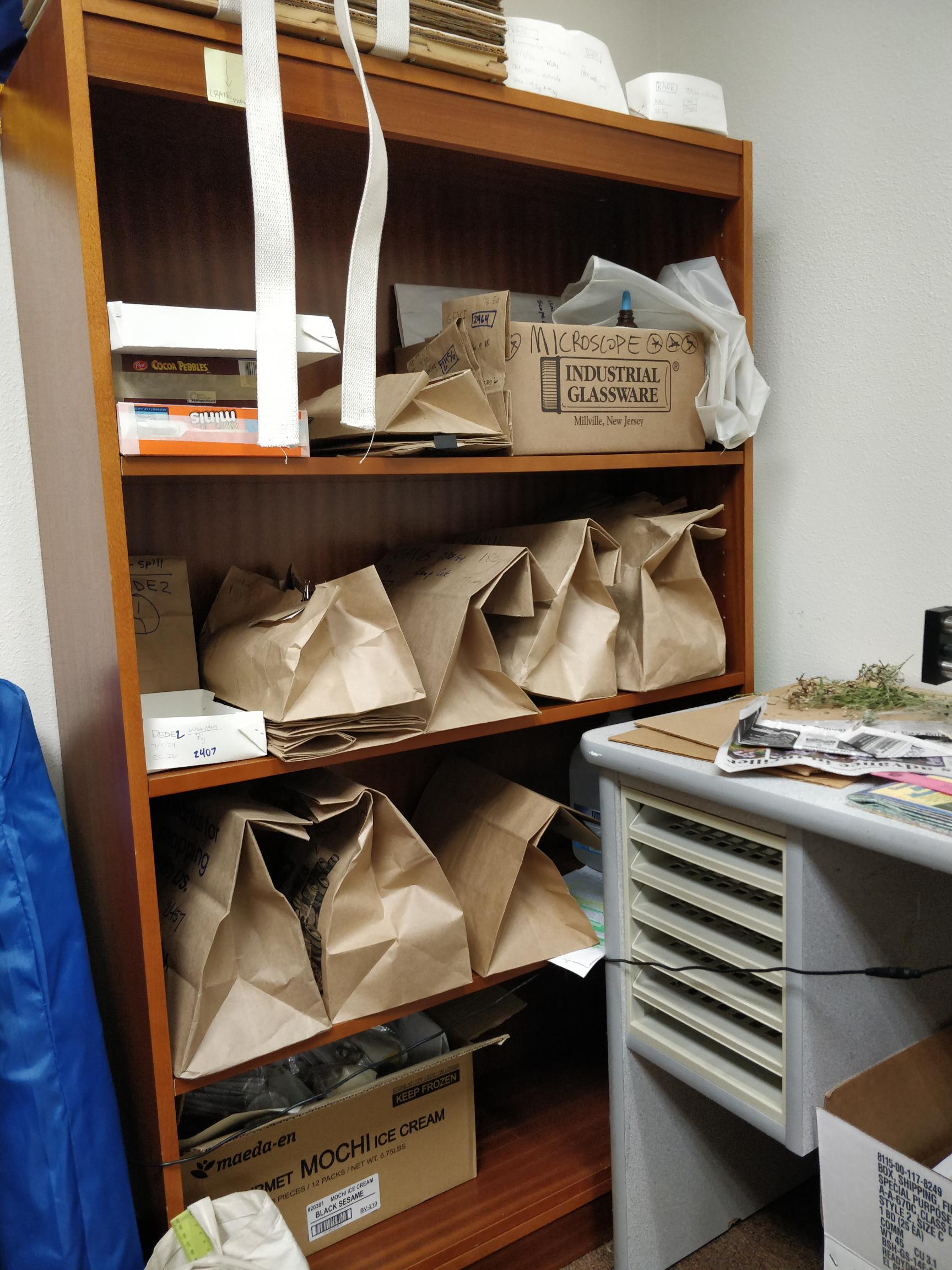
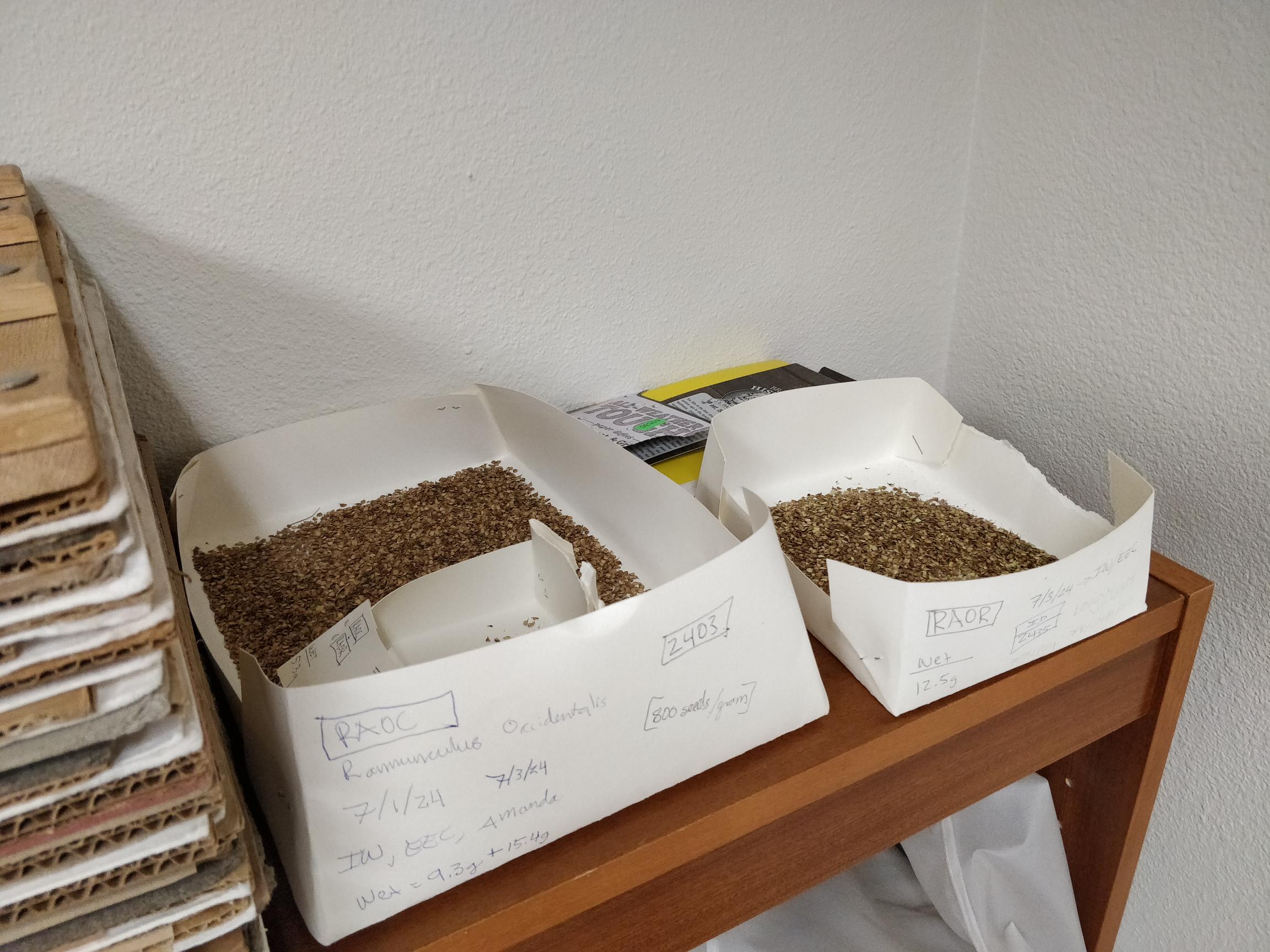
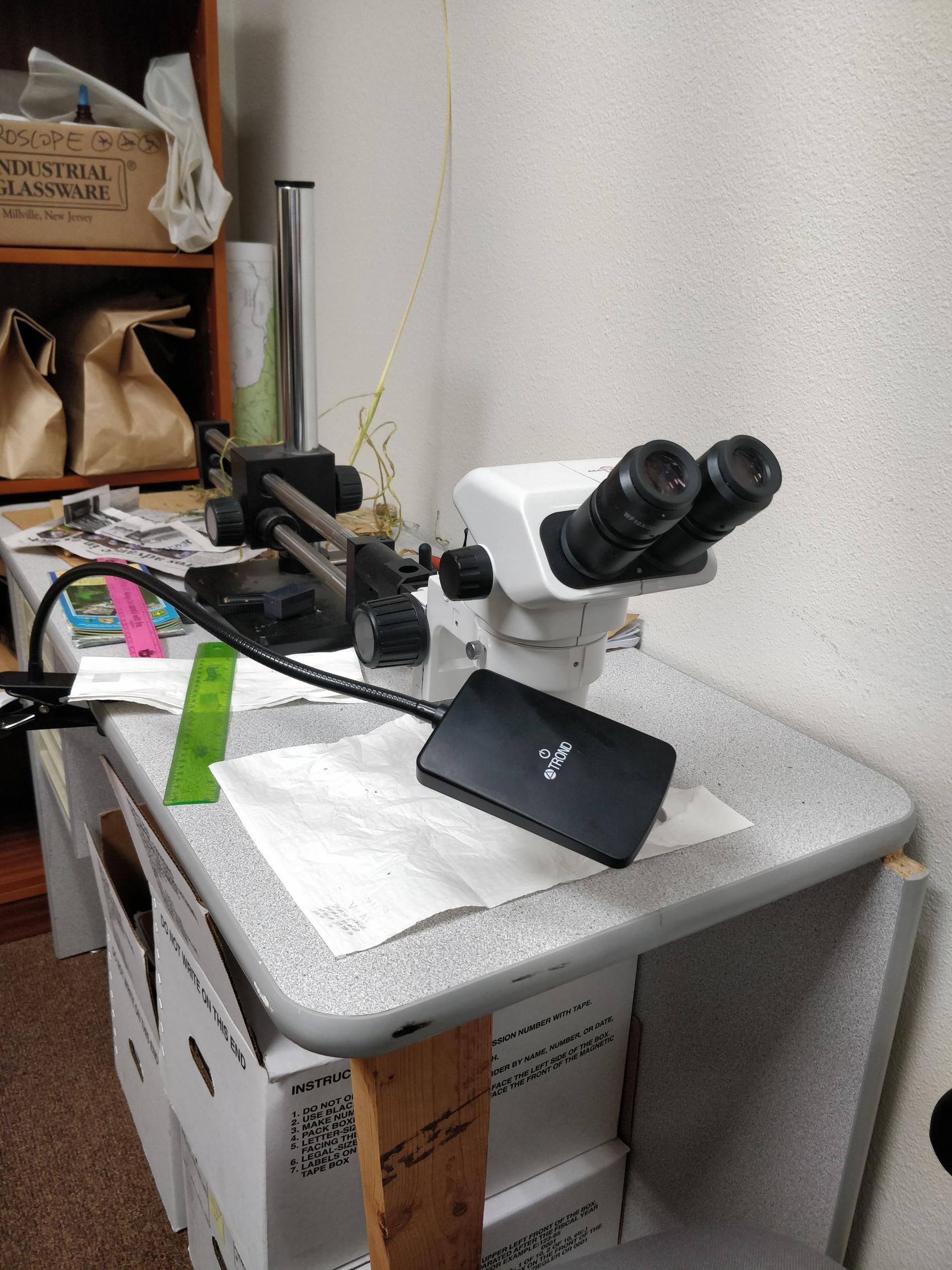
In between these steps, we’re also keying out vouchers, organizing data, double-checking labels, tinkering with our map, planning field days, and fluffing the drying seed. It’s a lot of little tasks adding up to huge piles of work. Honestly, its probably a good thing that the smoke has forced us inside to deal with it all.
In other news, if you read my previous post on Delphinium sp., my mystery Delphinium turned out to be D. Depauperatum, as the little black seeds showed obvious, pale wings…
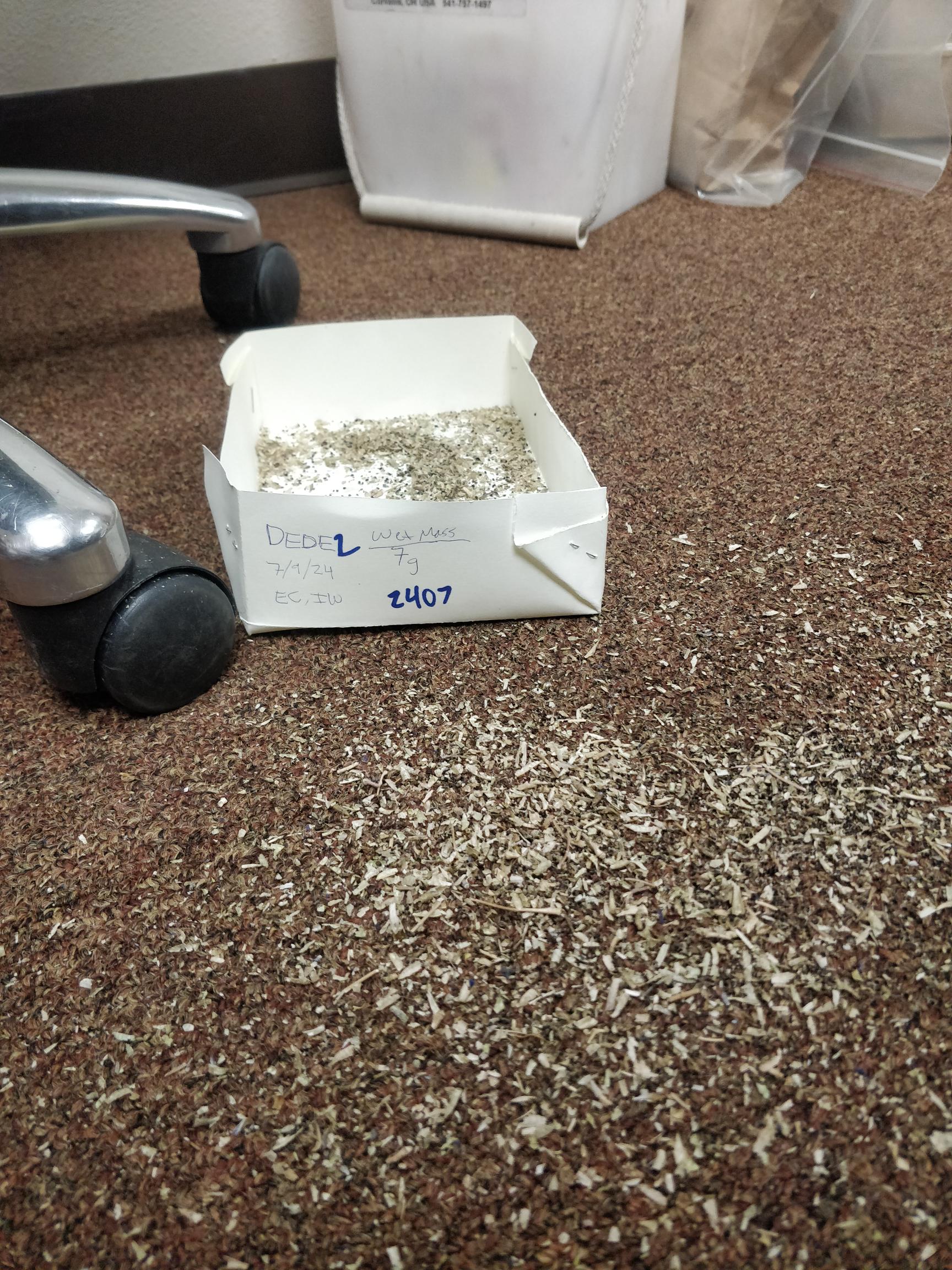
… Unfortunately, I managed to promptly dump them out onto the floor, where they couldn’t be recovered without risk of invasive contamination. We picked them up with tape, threw all of that into a new bag, and back onto the shelf it went …
… we’ll deal with it later...
